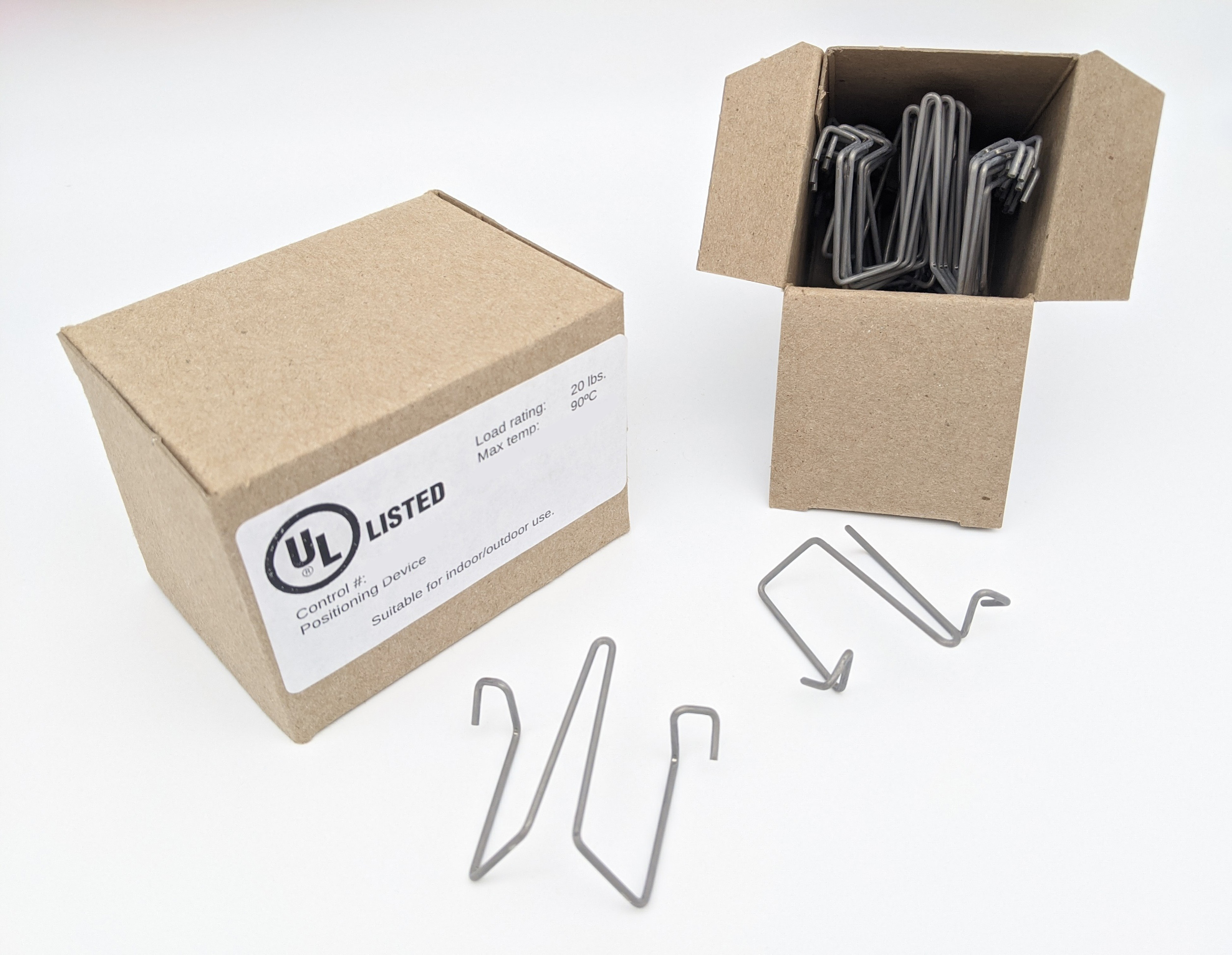Get unique, complex parts easily. No matter your requirements, Chaoyi Spring creates hard-to-produce coil springs and wire forms.
Let us help you create the custom wire form you need, from S-hooks and J-hooks to utility hooks and more.
We work closely with customers across a wide range of industries, helping them design and manufacture made-to-order parts.
Why choose Chaoyi Spring? We prioritize customer-focused collaboration, modern equipment and the latest technology to make your parts per print.
Find the information and guidance you need, from measuring a spring to learning about materials, placing an order and much more.
Conical compression springs, with their distinctive tapered design, offer a unique set of advantages over traditional cylindrical springs. These springs provide a progressive rate, meaning their resistance to compression increases


Conical compression springs, with their distinctive tapered design, offer a unique set of advantages over traditional cylindrical springs. These springs provide a progressive rate, meaning their resistance to compression increases as they are compressed. This feature makes conical compression springs particularly useful in applications requiring a controlled force over a wide range of deflection. This article delves into the intricacies of conical compression springs, covering their design, advantages, applications, and the nuances of their selection and use.

Conical compression springs, as the name suggests, are helical springs with a conical shape, meaning their diameter gradually decreases from one end to the other. Unlike their cylindrical counterparts, which maintain a constant diameter throughout, conical springs feature a progressive rate, a key characteristic that sets them apart.
The progressive rate of a conical spring is a result of the changing coil diameter. As the spring is compressed, the coils at the wider end are compressed first, offering relatively lower resistance. As the compression continues, the coils at the narrower end are engaged, increasing the spring's resistance to further compression. This progressive rate ensures that the spring's force increases gradually, rather than abruptly, as in the case of a cylindrical spring.
Conical compression springs offer a distinct set of advantages over traditional cylindrical springs. These advantages make them ideal for a wide range of applications, particularly those requiring a controlled force over a specific range of deflection. Here are some of the key advantages:
The unique characteristics of conical compression springs make them suitable for a diverse range of applications. These applications span various industries, from automotive to aerospace, and include:
Designing conical compression springs requires a careful consideration of several factors to ensure optimal performance and longevity. Some of the key considerations include:
Selecting the appropriate conical compression spring involves careful evaluation of the application's specific requirements. Factors to consider include:
Conical compression springs offer a distinct advantage in applications requiring a progressive rate and controlled force application. Their tapered design provides a smooth increase in force with deflection, making them ideal for various mechanical systems. Understanding the advantages, design considerations, and selection criteria for conical compression springs enables engineers and designers to make informed choices, resulting in optimal performance and longevity for their applications. By carefully selecting and incorporating conical compression springs into their designs, engineers can ensure the smooth and reliable operation of their mechanical systems, contributing to greater efficiency and effectiveness in their respective fields.
In conclusion, conical compression springs are valuable components in various engineering applications due to their unique progressive rate and other advantageous characteristics. Understanding their design, advantages, applications, and selection criteria allows engineers to utilize these springs effectively, contributing to the development of robust and reliable mechanical systems.
Browse some of the custom wire forms and springs that we manufacture. Don’t see what you need? We specialize in made-to-order products that meet your application requirements.
Visit Our GalleryNeed a custom wire form or coil spring? We make it work. Fill out the contact form and a representative will respond within 1 business day. If you have a PDF or CAD file, you can submit to request a quote.